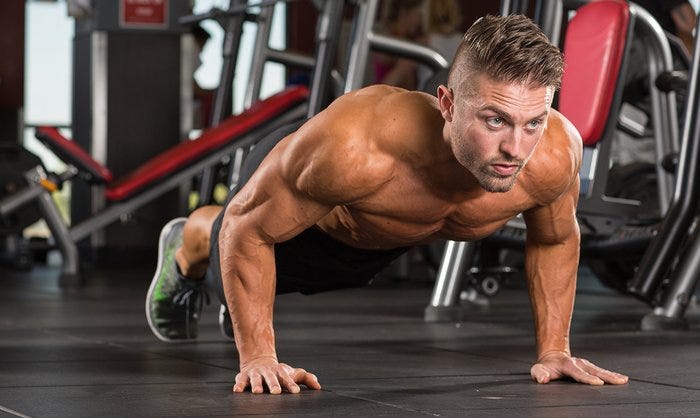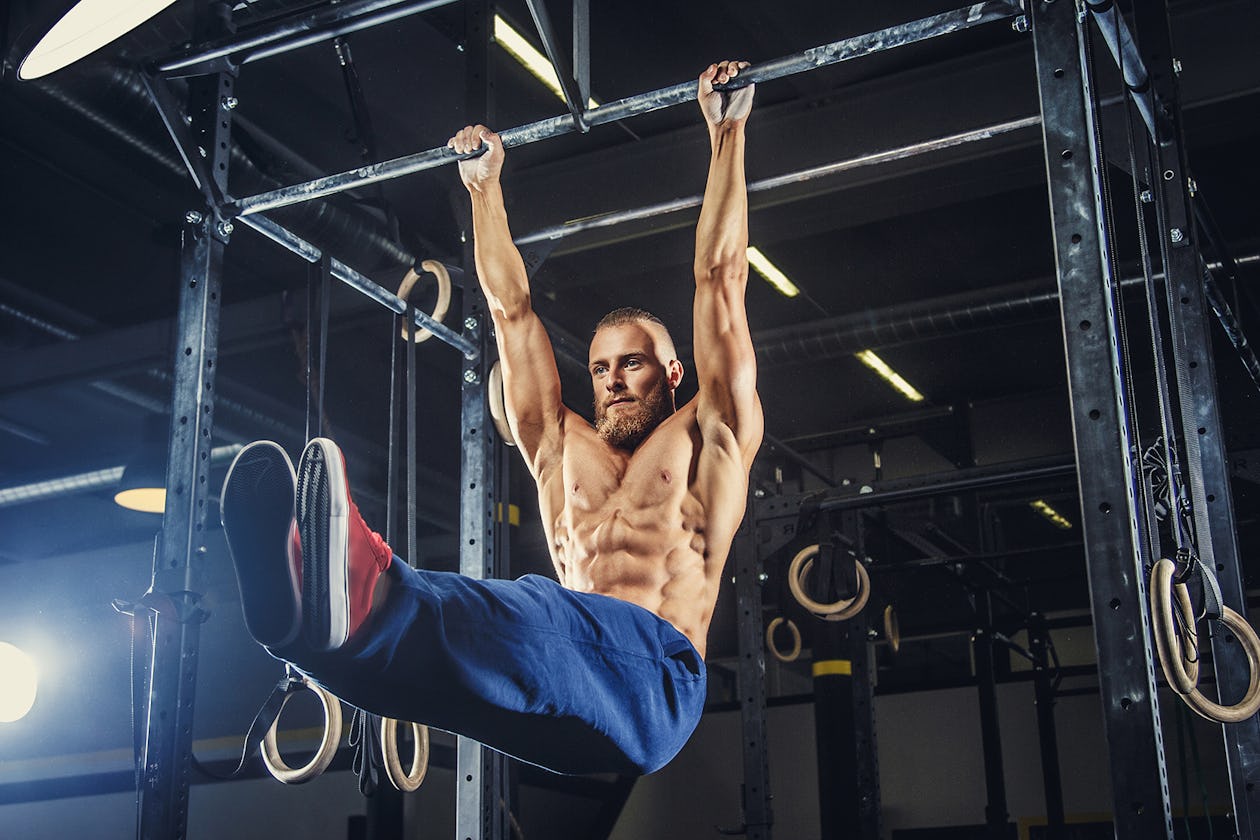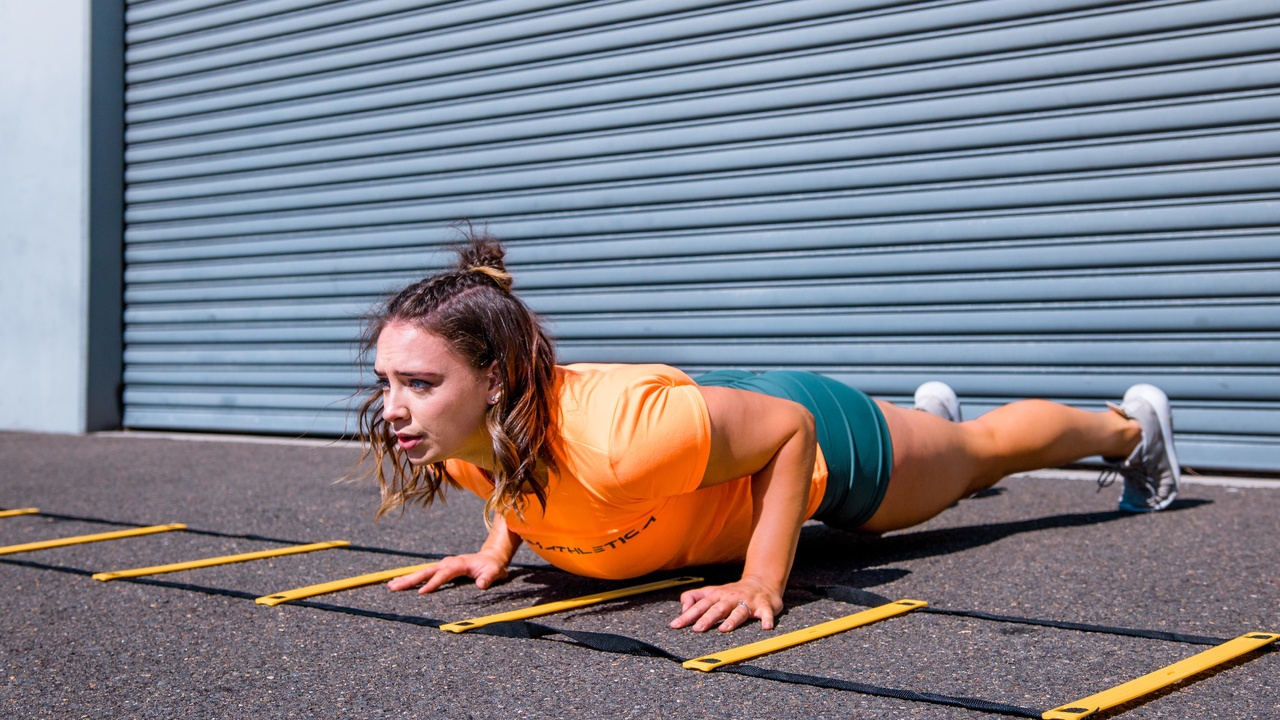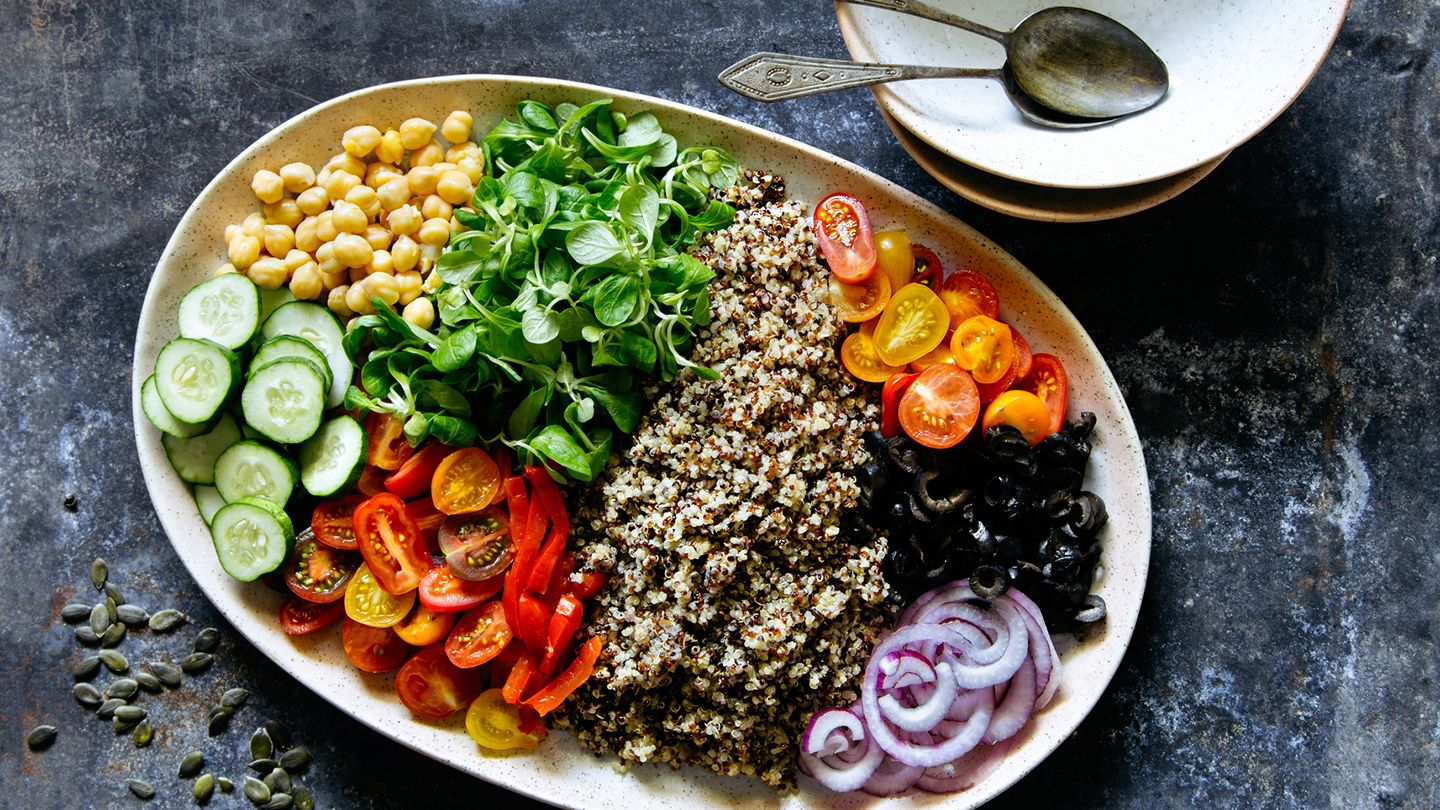Let’s find out ‘What Is The Effectiveness Of Bodyweight Training?’ Regardless of your level of fitness, bodyweight exercise is incredibly beneficial.
Several bodyweight exercises let you target muscles and use your body in ways that can be better, despite the fact that many people—from beginners to expert lifters—may forego them in favor of utilizing weights, bands, or machines.
What Is Bodyweight Training?
A form of resistance exercise called bodyweight training uses your own body weight as the resistance. Your body weight may be used to intensify cardiovascular exercise, add strength and muscle, and promote functional fitness. 1
Bodyweight training involves working against gravity to perform eccentric and concentric contractions, flexing and extending the muscles to challenge them and force them to adapt in ways that change your body, developing strength and muscle in the process. This is similar to free weight and machine training.
Benefits And Effectiveness Of Bodyweight Training
Bodyweight training is a powerful kind of resistance training that enhances body composition, metabolism, and everyday functioning while also increasing strength and muscular mass. 2
Instead of concentrating on how you are utilizing a specific piece of equipment, using your own body allows you to concentrate on how you are moving as a whole. Bodyweight training also heightens your awareness of appropriate form, allowing you to check your movements before attempting heavier weightlifting.
According to research, bodyweight exercises can result in moderate gains in strength and muscle mass, but it’s important to advance to harder exercises and motions. Bodyweight exercises make it simple to accomplish this, making them useful for those without equipment.

Using body weight workouts also reduces setup and transition time between exercises. As a result, bodyweight exercises are perfect for interval-based cardio workouts like Tabata or HIIT sessions, where it might be challenging to move between pieces of equipment due to the short rest periods. This method of training can also be carried out anywhere there is room, such as in a small dorm, a living room, or outside.
The Centers for Disease Control (CDC) and Prevention and the U.S. Department of Health and Human Services advise performing muscle-strengthening exercises that target all of your body’s muscle groups at least twice a week.
Bodyweight exercises are an easy way to incorporate this advice.
Tips On Adding Body Weight Training To Workouts
You may either practice bodyweight-only exercises for the whole of your bodyweight training session or include certain bodyweight movements to supplement resistance training with weights or machines. You may include bodyweight training into your routines in the following ways.
Add Bodyweight Training To Weight Training
You may include bodyweight workouts into your normal weight training program in a few different ways. You may employ bodyweight exercises to increase muscle mass, muscular strength, and muscular endurance, depending on your goals.
For instance, increasing volume is a crucial tactic if you want to increase your muscle mass (hypertrophy). The quantity of sets and repetitions you do when lifting weights is referred to as volume. The best results for building muscle will come from performing 5 more sets and reps in a range that pushes you without overtraining.
However, doing a lot of sets and repetitions of weightlifting exercises that put a lot of stress on your body and generate exhaustion may make it harder for you to recover and heal. Since bodyweight exercises are simpler to complete than the identical motions with weights, increasing the number of repetitions of bodyweight exercises is a great approach to increase volume without becoming overly fatigued.

After performing your heavier, more difficult workouts, you may add bodyweight exercises for each muscle group. For instance, adding sets of pushups after your bench press and rows will add volume without the exhaustion that comes with lifting a heavy barbell or dumbbell, if you are training your chest and back in one session.
Bodyweight exercises can help you polish your form and develop functional strength if your objective is to gain strength. Push-ups (or incline push-ups), lunges, active planks, bench triceps dips, and crunches are all suitable exercises for beginners. For more experienced lifters, try pistol squats, pull-ups, feet-elevated pushups, chest dips, and decline bench crunches.
You may do more bodyweight exercises by adding a suspension trainer, like a TRX, which employs straps to assist you with bodyweight resistance training. The difficulty of various workouts may also be changed or increased with suspension trainers. For instance, utilize the strap of a suspension trainer to assist you maintain your balance and stand back up if you are unable to perform a pistol squat.
During a de-load week, you can perform bodyweight variants of your usual weight training activities. In any carefully crafted weight lifting program, de-loads are essential for managing tiredness.
Do A Bodyweight Only Strength Workout
You can perform an efficient strength training with only your body weight if you don’t have any weights or don’t want to use them. Seniors, those who have been sedentary, people who are recuperating from an accident, and anybody else with limits or low levels of strength will find this choice to be very helpful. If any of these scenarios apply to you, it’s critical to obtain a doctor’s clearance before starting.
A program for bodyweight-only strength training has to have techniques to make each workout harder. You can only continue to notice benefits by increasing the difficulty of your workout. You will be able to undertake progressively difficult exercises as your body adjusts and becomes stronger, or you may repeat the same actions more frequently.
Here is an illustration of a full-body bodyweight exercise routine. Aim for two sets of 10–12 repetitions if you are new to training. Try three to four sets of 15 to 20 repetitions if you are more experienced.
This exercise can be done in straight sets, working through each set of each exercise before moving on to the next, or it can be done in a circuit, switching between each set of each exercise and repeating the circuit for the appropriate number of sets.
Full Body Bodyweight Training Workout
- Walking lunges
- Glute bridges
- Calf raises on step (or stairs)
- Push-ups (incline, floor, or decline)
- Triceps dips (bench or stairs)
- Supermans
- Side planks
Use Bodyweight Training For Cardio
If you don’t have access to cardio machines, you may still get a cardio workout in using bodyweight exercises. For aerobic training, bodyweight exercises are the best choice since you can switch between them without fussing with any equipment. 3
Selecting a few exercises and doing them in a circuit with little to no break between movements is an efficient approach to complete a bodyweight training cardio workout. When you’ve completed the circuit, take some time to recover before starting anew.
Depending on your level of fitness, you could pick different bodyweight exercises for a cardio regimen than you would for a strength routine. Plyometric exercises are a great option for the best cardiovascular training. A lower body exercise, an upper body activity, a core exercise, and lastly a pure cardio exercise would make up the perfect cardio circuit workout.
Here is an illustration of a bodyweight cardiovascular training using plyometrics. Beginners should try to complete 2 rounds with a 2 to 3 minute break in between. Exercises that are more advanced can aim for 4 or 5 rounds with 1 to 2 minutes of rest, while intermediate exercises can try 3 rounds with 1 to 2 minutes of rest. Jumping jacks should be done for 1 to 2 minutes after each strength exercise is completed 10 to 15 times.


:max_bytes(150000):strip_icc():format(webp)/GettyImages-1316198707-2d518b0ce33a4b76a75f363ab332768c.jpg)







